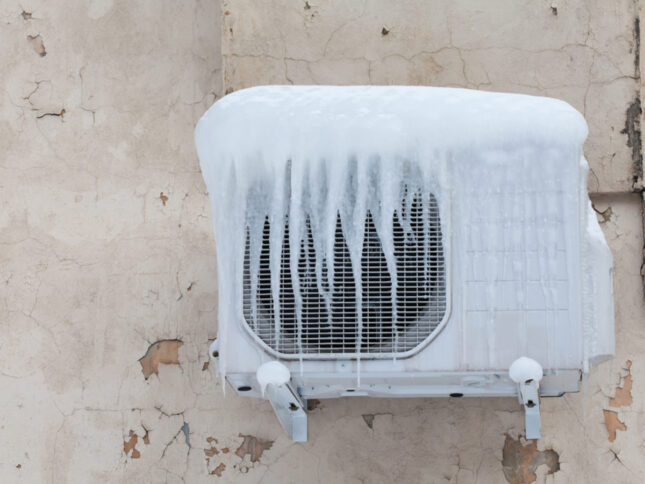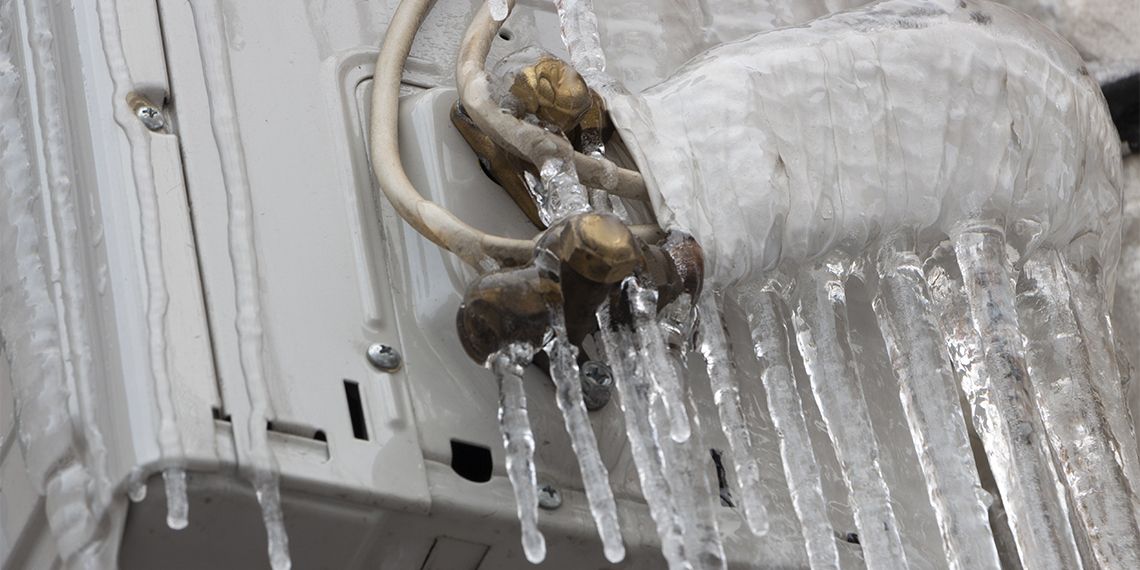Actions to Take If My AC Pipe Is Frozen - Quick Solutions for Thawing
Actions to Take If My AC Pipe Is Frozen - Quick Solutions for Thawing
Blog Article
Just how do you feel in relation to Have a Frozen AC Line? Here’s How to Fix It?

Introduction
Discovering that your air conditioning pipe is frozen can be worrying, particularly throughout warm summer season when you rely on your ac system one of the most. Comprehending what to do in such a situation is vital to stop further damages to your air conditioning system and ensure your comfort indoors.
Comprehending the Causes
A number of factors can add to the cold of an a/c pipe. Recognizing these causes can help you address the concern successfully.
Absence of Airflow
One common reason for an icy air conditioning pipe is inadequate air movement. When the air flow over the evaporator coil is restricted, it can cause the coil to go down below freezing temperature, causing ice formation on the pipe.
Low Refrigerant Levels
Insufficient cooling agent levels in your AC system can additionally lead to an icy pipe. Reduced refrigerant levels can create the pressure in the system to go down, leading to the cold of moisture on the evaporator coil.
Winter Conditions
In chillier climates, freezing temperature levels outside can contribute to the cold of air conditioning pipes. If your air conditioner system is not correctly shielded or if there are leaks in the ductwork, cold air can infiltrate the system, creating the pipe to freeze.
Dirty Air Filters
Unclean or blocked air filters can restrict air flow in your air conditioning system, bring about various problems, consisting of an icy pipe. It's necessary to change or cleanse your air filterings system routinely to guarantee appropriate air movement and prevent ice buildup.
Signs of a Frozen A/c Pipe
Identifying the indicators of an icy air conditioning pipeline is critical for punctual action.
Decreased Airflow
If you observe a substantial decline in airflow from your vents, it could indicate a frozen pipe.
Ice Buildup on the Pipe
Noticeable ice accumulation on the refrigerant line or the evaporator coil is a clear indicator of a frozen a/c pipe.
Weird Sounds from the Unit
Uncommon audios, such as hissing or gurgling, originating from your air conditioning device can signal that there's ice existing on the pipe.
Immediate Actions to Take
When confronted with a frozen air conditioning pipe, it's important to act promptly to stop additional damages to your cooling system.
Shutting off the air conditioning
The first step is to turn off your air conditioning system to prevent the system from running and aggravating the problem.
Checking for Blockages
Check the area around the indoor system for any kind of blockages that might be blocking air movement, such as furnishings or curtains.
Thawing the Pipe
You can make use of gentle techniques like putting towels soaked in warm water around the icy pipe to help thaw it gradually.
Safety nets
Taking preventive measures can aid avoid future incidents of a frozen air conditioning pipe.
Normal Maintenance Checks
Set up regular maintenance checks with a professional HVAC professional to make sure that your air conditioning system is running successfully.
Altering Air Filters
Frequently change or clean your air filters to stop airflow limitations and maintain optimum performance.
Insulating Exposed Pipes
If your a/c pipes are subjected to cool temperature levels, think about protecting them to stop freezing throughout winter season.
Looking For Professional Help
If DIY methods fall short to fix the concern or if you're unsure about exactly how to proceed, it's finest to look for support from a qualified HVAC service technician.
When DIY Methods Fail
If your efforts to thaw the pipeline or address various other concerns are unsuccessful, it's time to hire a specialist.
Relevance of Hiring a Professional HVAC Technician
A licensed HVAC specialist has the expertise and tools necessary to identify and repair concerns with your air conditioner system securely and properly.
Verdict
Taking care of a frozen air conditioning pipeline can be an aggravating experience, however recognizing how to react can assist lessen damages and restore convenience to your home. By recognizing the reasons, identifying the indications, and taking timely action, you can successfully address the problem and protect against future occurrences.
What to Do If Your AC Line Is Frozen
Make Sure All Supply and Return Air Vents Are Open
If you notice problems with airflow, the first thing you should do is check your supply and return vents. Supply vents distribute clean, conditioned air throughout your home. As this air becomes stale, it’s pulled into the return vent, where it’s reconditioned before being sent back out through the supply vent.
When these vents are closed, air won’t flow in the home. Before examining your AC, check the vents in every room and ensure they’re all open.
Check for a Dirty Air Filter
Another possible cause of limited airflow is a dirty air filter. Your air conditioner’s filters catch elements you don’t want to breathe in, such as dirt and dust. Over time, filters can become clogged, ultimately blocking air from flowing in and out. The lack of airflow can then cause the entire coil to freeze and will completely restrict any air from moving through it. The AC may need to be powered off for one to two days to allow the coil to thaw after replacing the filter to allow proper functioning of the unit. This debris can also accumulate on your AC’s evaporator coil, requiring a more serious repair. In general, air filters should be cleaned regularly (about every two weeks).
Assess Your Outdoor Unit
In addition to checking your AC, assessing the outdoor unit is a good idea. Also known as the condensing unit, it works with your interior unit to release heat outside. An issue with the outdoor unit can result in rising internal temperatures.
Overgrown Shrubs or Clogged Leaves
From leaves and twigs to shrubs and debris, there’s no shortage of outdoor elements that can accumulate around your condensing unit. When these elements get lodged inside the unit, they can block airflow. Fortunately, removing the blockage can solve the problem.
Sounds of a Broken Fan
Shrubs and leaves aren’t the only things that can impede your outdoor unit’s airflow. If the fan is broken, the unit won’t be able to properly get rid of heat — which means the internal temperature won’t go down. First, make sure the fan is spinning. If it is, check for the following sounds of a broken fan:
Buzzing Rattling Screeching Hissing Clicking Preventative Measures
Nobody wants to deal with a frozen AC line. In addition to causing problems with your air conditioner, they require professional repairs. On the bright side, there are preventative measures you can take to help ensure this issue doesn’t arise in the first place.
https://www.coopergreenteam.com/blog/what-to-do-if-ac-line-frozen

I came across that blog posting on Have a Frozen AC Line? Here’s How to Fix It when doing a search on the internet. For those who appreciated our blog post if you please remember to pass it around. I take joy in reading our article about Air Conditioner Frozen? How To Fix your Frozen AC Line.
See Availability Report this page